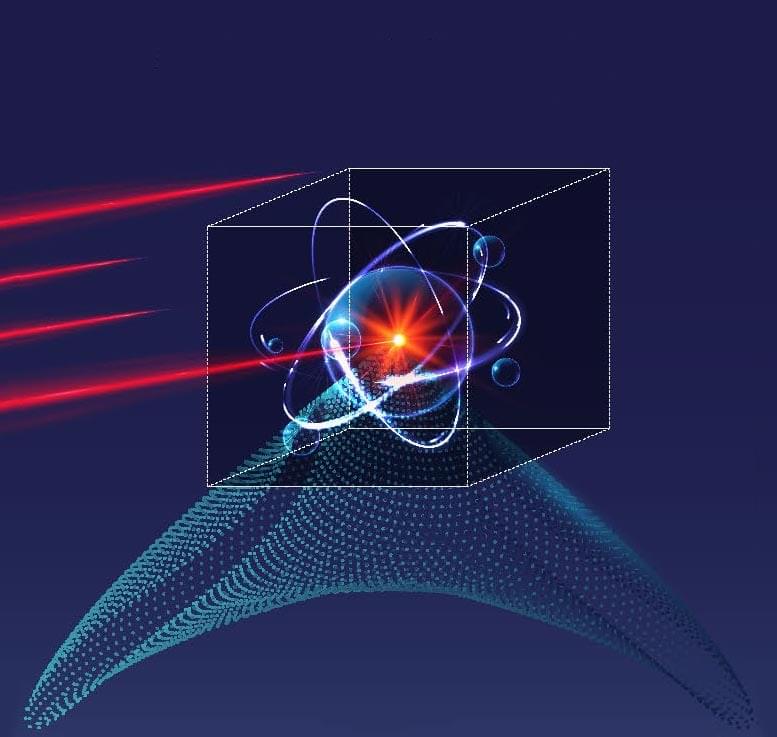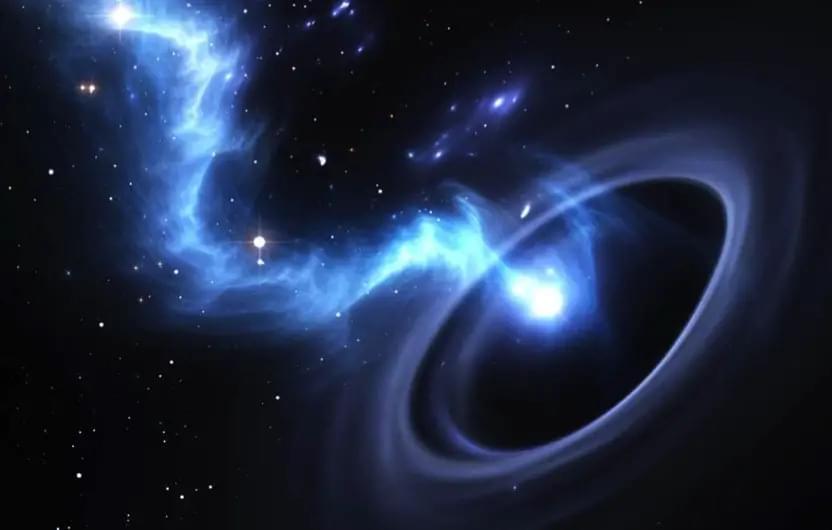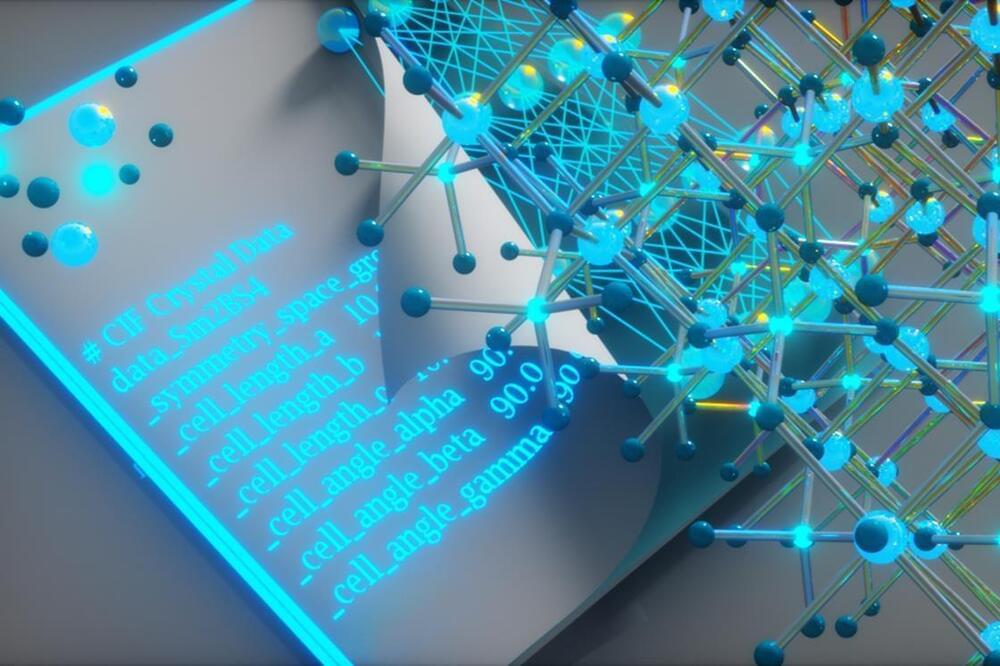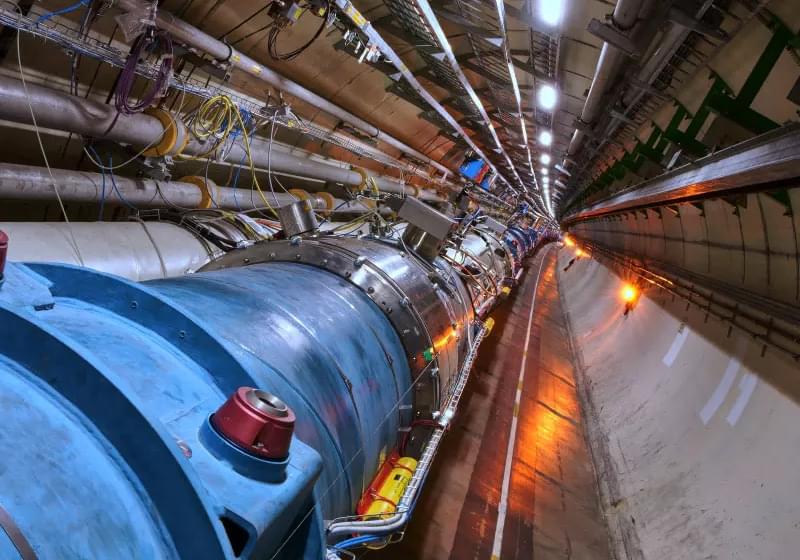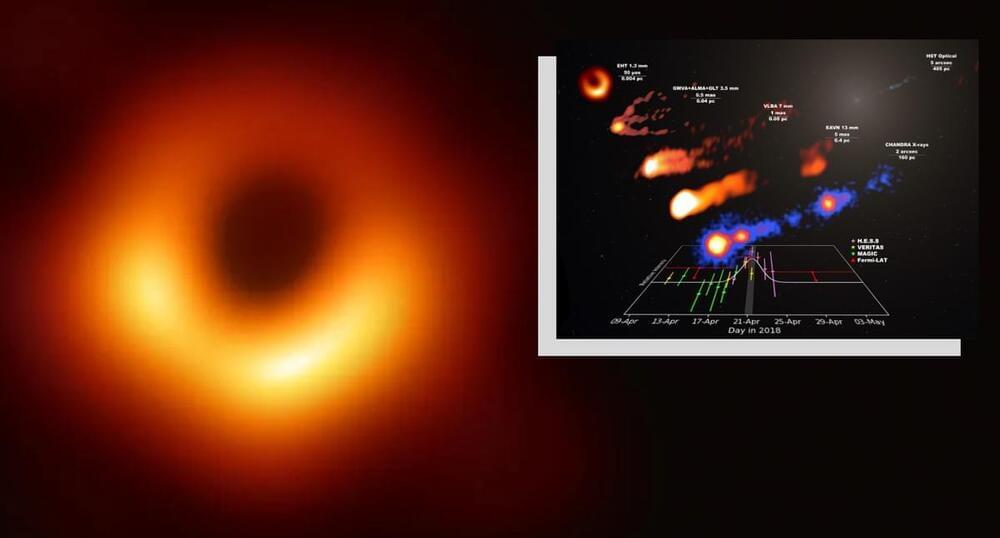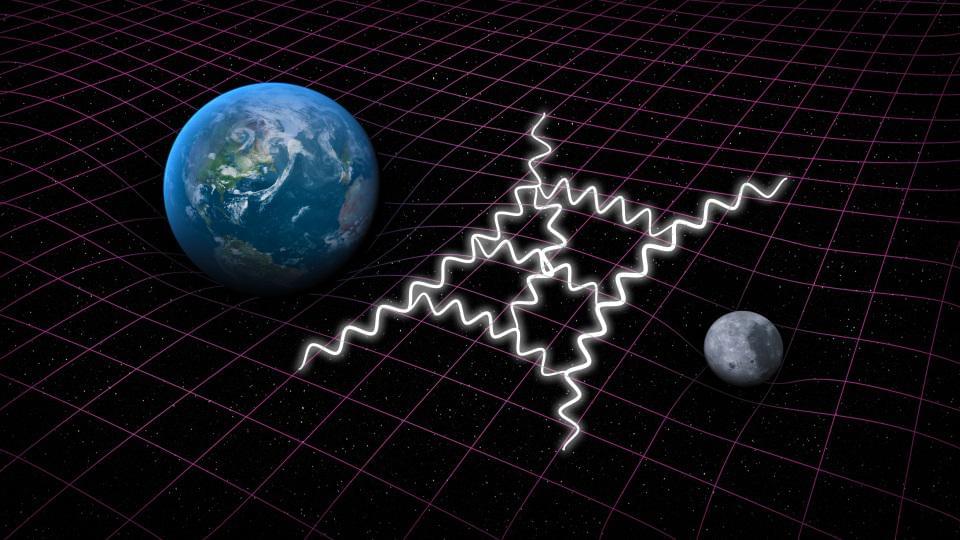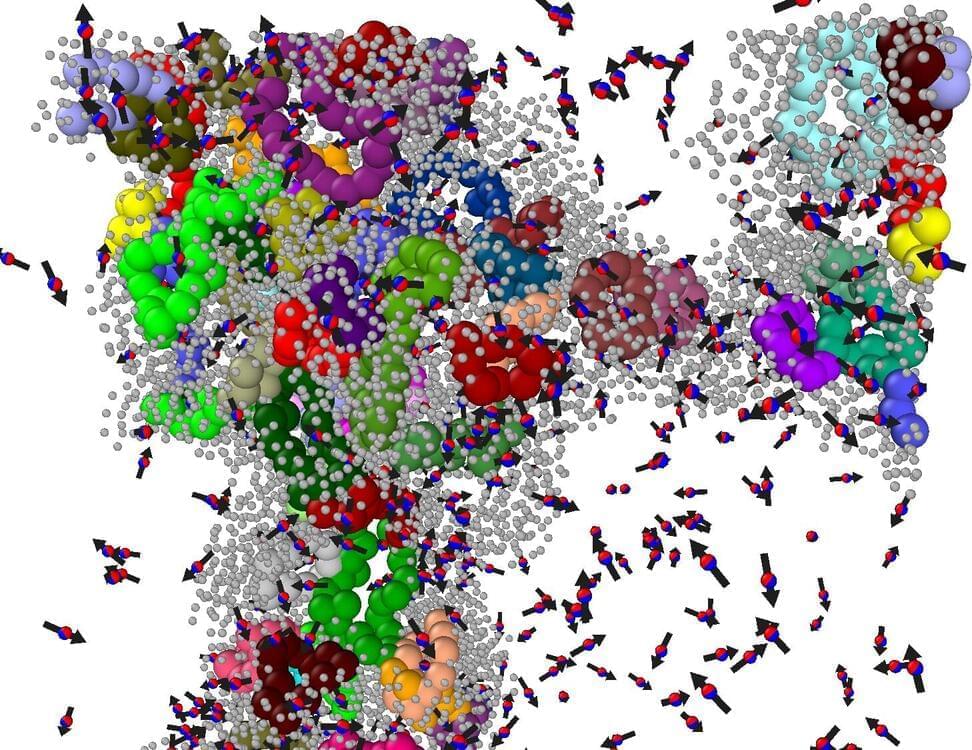Sometimes things are a little out of whack, and it turns out to be exactly what you need.
That was the case when orthoferrite crystals turned up at a Rice University laboratory slightly misaligned. Those crystals inadvertently became the basis of a discovery that should resonate with researchers studying spintronics-based quantum technology.
Rice physicist Junichiro Kono, alumnus Takuma Makihara and their collaborators found an orthoferrite material, in this case yttrium iron oxide, placed in a high magnetic field showed uniquely tunable, ultrastrong interactions between magnons in the crystal.
